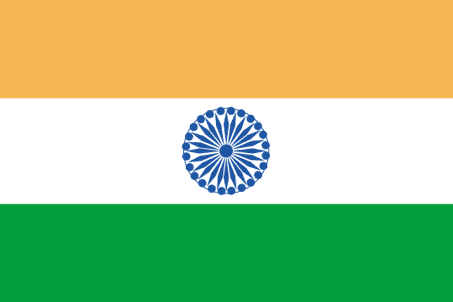40 percent Indian households still powerless: Greenpeace
 New Delhi, Nov 17 : Despite India's growing electricity generation and increasing carbon emissions around 40 percent of households -- a majority of which are in villages -- do not have electricity, says a Greenpeace report released here Tuesday.
New Delhi, Nov 17 : Despite India's growing electricity generation and increasing carbon emissions around 40 percent of households -- a majority of which are in villages -- do not have electricity, says a Greenpeace report released here Tuesday.
"The total installed generating capacity in India has gone up from 58,012 MW (in 1989) to 152,148 MW (in 2009)... But 40 percent of the households mostly in rural areas have no access to electricity even in 2009," said the report.
The report titled "Still Waiting" is based on a study undertaken by the international environment watchdog Greenpeace in five states of the country, in rural as well as urban areas.
All villages covered in the report had power for less than 12 hours a day while cities and towns (tier 1 and tier 2 cities) had supply between 22 and 24 hours in a day.
"India's rural population is suffering due to poor quality of supply or no supply even in areas that officially have electrification," said the report's author Shankar Sharma.
Till 2003, there was no concrete policy on rural electrification in India, but since then -- despite the Rajiv Gandhi Grameen Vidyutkaran Yojna (rural electrification programme) -- there has been little success, Sharma said.
Greenpeace says this is because by definition a village is "electrified" even if 10 percent of its households are connected to the grid, irrespective of the number of hours power is available or the voltage quality.
The current electricity production model in India is extremely carbon-intensive. Power generation contributes 58 percent of the country's carbon emissions, says Greenpeace, pointing out that these emissions are leading to global warming.
Greenpeace's climate and energy campaigner Vinuta Gopal feels that the country's grid-based centralised electricity generation system has failed to meet the basic energy needs of the rural population.
"After 62 years of independence this model has not delivered to our rural population," Gopal said.
In the run-up to the Copenhagen climate summit next month, civil society groups as well as environmentalists have opposed fossil-fuel based energy production and asked the government to invest in research and development of renewable energy sources.
Most fossil fuel reserves like coal are concentrated in the eastern part of the country in states like Bihar, Orissa, Chhattisgarh and Jharkhand. The report says that this area is the least electrified as well.
"The country's power capacity is expected to increase to 880,000 MW by 2031. With that the country's coal reserves would last only 10 to 12 years," Ramapathy Kumar, another Greenpeace Campaigner said.
Greenpeace feels that the government needs to look at a decentralised approach to provide access to energy for people.
"To achieve social justice and ensure climate change mitigation, India must adopt a decentralised energy model based on renewable energy. If the government wants power to all by 2012 to become a reality, it must start protecting the interest of the poor, not just the rich," Kumar said. (IANS)